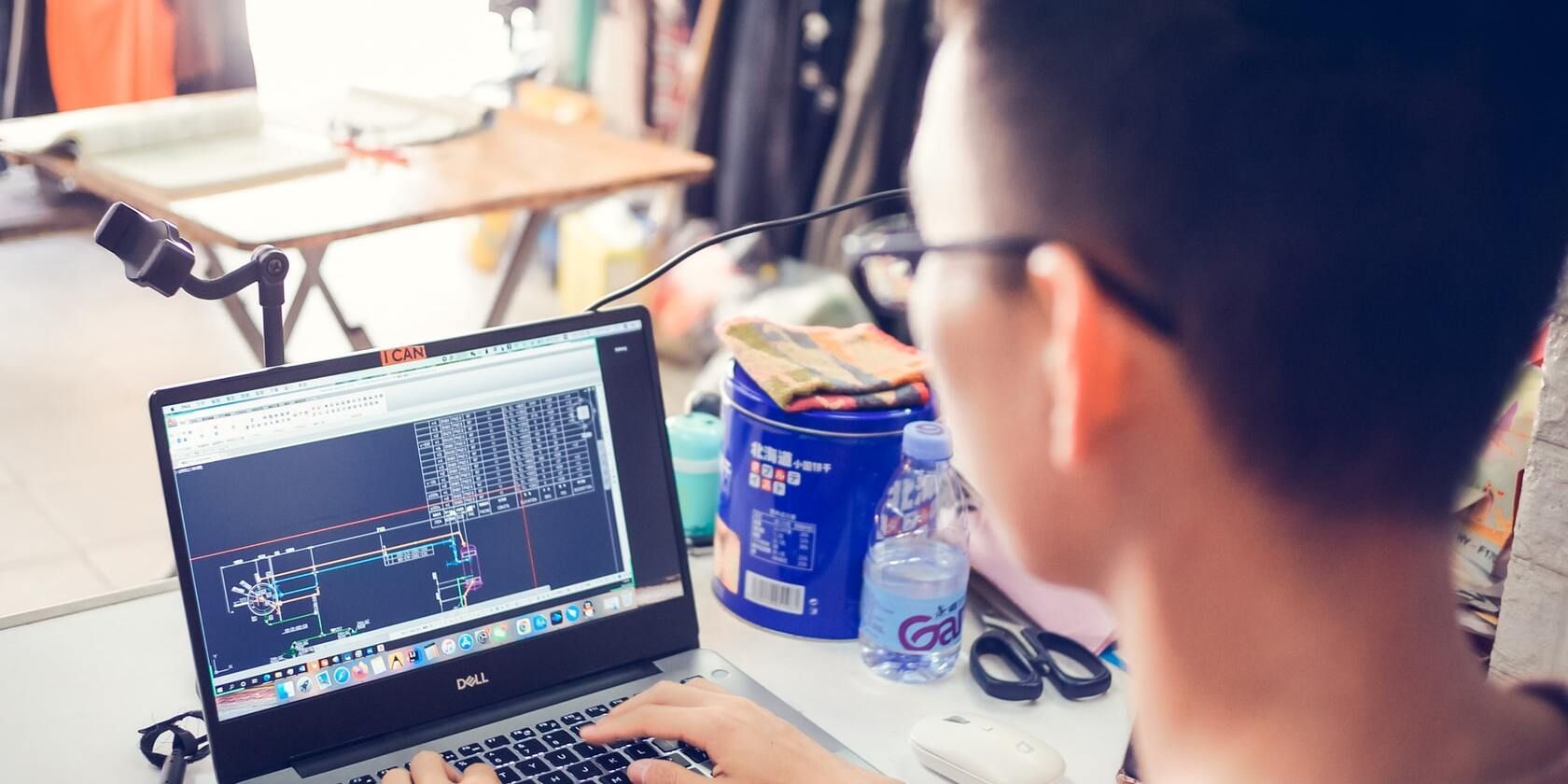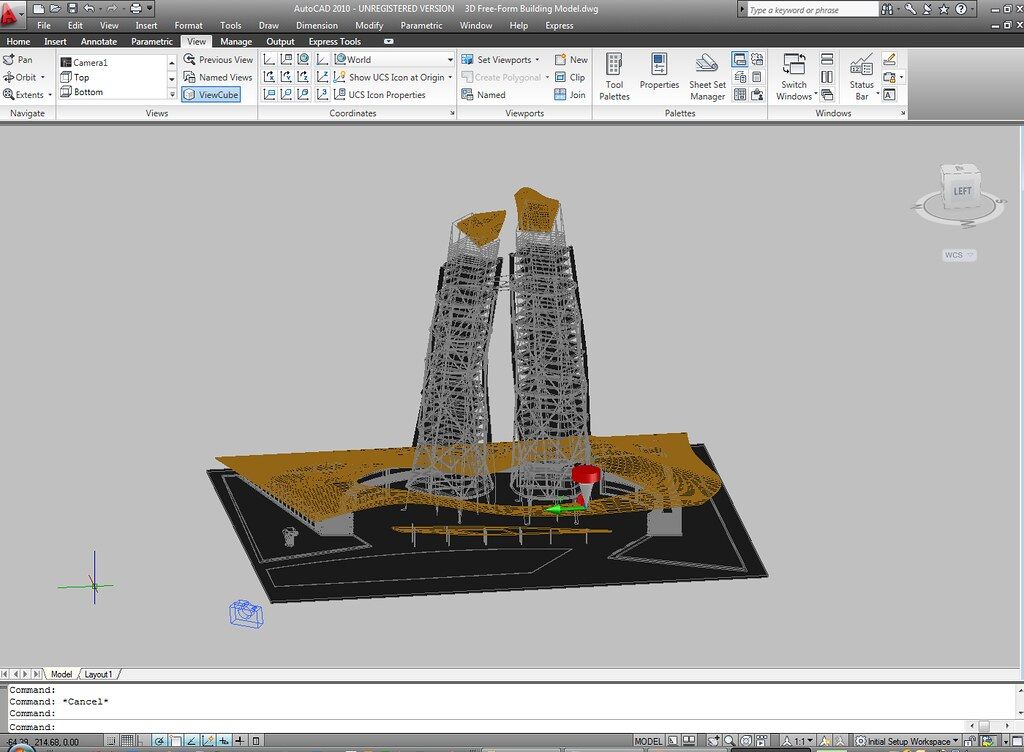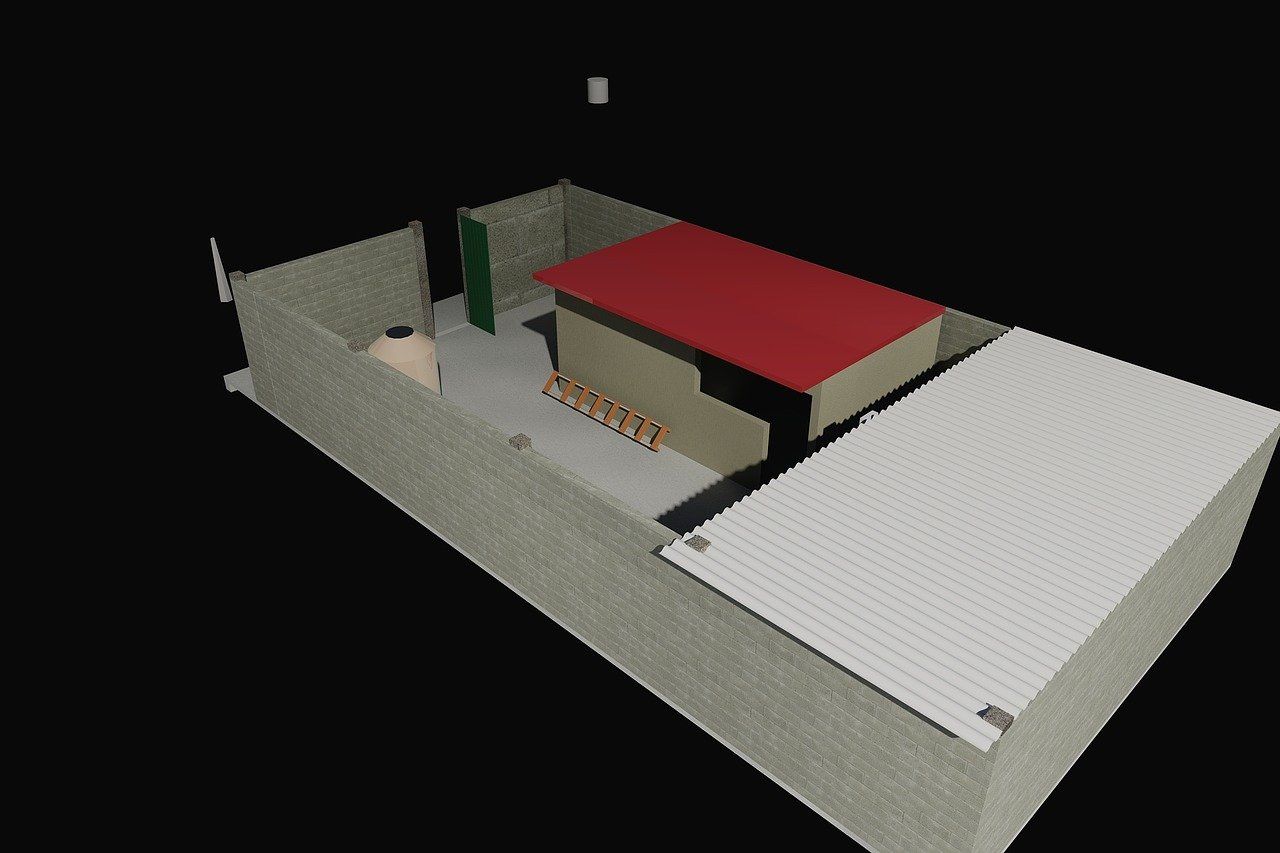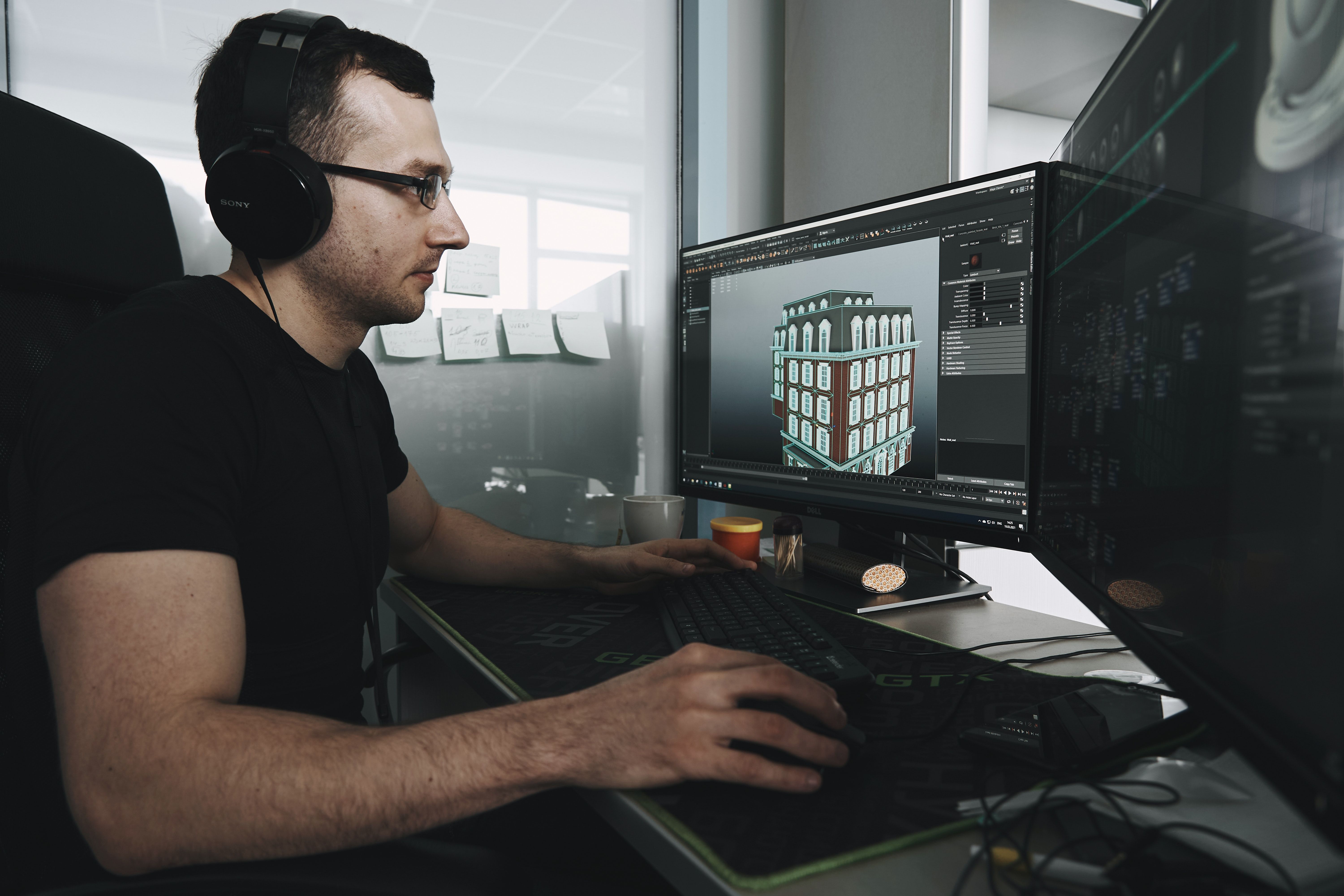The arrival of AutoCAD completely changed the design industry, ushering in a new era of design practices that relied mainly on computers. Previously, designers would have to spend days meticulously designing and measuring every line.
But, AutoCAD changed all that. Instead of relying on pen and paper, designers can focus more on the design itself, instead of the excessive legwork involved in creating one. AutoCAD allows designers to focus more on ideation, automating the execution process instead.
In this article, we'll discuss what is AutoCAD, what it does, who uses it, and the impact that it's had on the design industry.
What Is AutoCAD?
Simply put, AutoCAD is a computer-aided design (thus, the name "CAD") program. It was created by Autodesk, a company that primarily produces software and solutions for industries such as architecture, engineering, product design, manufacturing, construction, and more.
AutoCAD lets designers create and edit designs and digital images in both 2D and 3D very efficiently. Instead of requiring them to edit images by hand, AutoCAD makes it much easier to manipulate designs.
Essentially, AutoCAD lets designers create geometric models on-screen, offering endless permutations for creating different types of objects and structures. This flexibility is what led AutoCAD to become an industry leader since it could be adopted for use in almost any industry or application.
Why Use AutoCAD?
AutoCAD was primarily created for 2D designs. Even today, many designers prefer AutoCAD because of its excellent 2D design capabilities. However, Autodesk has continued to roll out new features, and today AutoCAD also supports 3D design.
There are a host of different commands in AutoCAD that help designers prepare more accurate and precise designs, including features like automatically centering lines or setting drawing dimensions to fixed proportions.
For 3D design, AutoCAD offers multiple views, allowing designers to make more subtle changes and improvements. AutoCAD also saves design data that you can use in the future. It supports direct rendering in the cloud, cross-sectional drawings, and even offers realistic lighting in renderings too.
What Is AutoCAD Used For?
AutoCAD is used in various industries. Even though it was originally created for use in the architectural and construction industry, it is now used in multiple verticals and applications.
Architectural Design
Architects primarily use AutoCAD to prepare floor plans, blueprints, and building designs. Since these plans are drawn to scale and are generally very precise, AutoCAD makes it easy for architects to bring their vision to life without sacrificing dimensional accuracy.
AutoCAD also allows designers to review granular data about a building design, helping them identify weaknesses in the design and rectifying them before construction begins.
Interior Designers
AutoCAD is commonly used by interior designers who prefer creating 3D versions of their interior designs. AutoCAD allows interior designers to create realistic 3D models of spaces, offering support for solid, surface, and mesh models.
3D viewing and navigation tools are also available, supporting swivel, walk, or fly-around views, so interior designers can really showcase their designs and present them how they want.
AutoCAD also supports rendering, allowing designers to apply lighting and unique materials to give their 3D models a more realistic and stylish appearance. And, cloud rendering is also supported, so it's not necessary to own a powerful laptop that supports 3D modeling software either.
Mechanical Engineers
Even though AutoCAD is mainly designed for architects and designers, mechanical engineers also use it quite frequently to prepare visuals that aid their work. Mechanical engineers use AutoCAD to prepare specific models and blueprints related to different products.
Fashion Designers
This might come as a surprise to some, but fashion designers also use AutoCAD. It's one of the best productivity tools for fashion designers, allowing them to prepare detailed sketches, patterns, and designs more accurately.
Furthermore, fashion designers can also create different iterations of a single design, and since AutoCAD preserves the dimensions for future reference, designers can apply them to different materials and patterns.
The Best Features in AutoCAD
There are a host of new features in AutoCAD that make it an excellent choice for designers. Autodesk has consistently released a slew of new updates, introducing new features and enhancements. Here are some of the best features in AutoCAD.
Mobile and Web Apps
Since it works in the cloud, AutoCAD allows users to work across devices, making it easy to create, edit, and view drawings from either the mobile app or their web app. This allows for greater freedom and makes collaboration much easier, especially amongst distributed teams.
Faster and More Efficient Workflows
AutoCAD lets you share controlled copies of your drawing to teammates, allowing them to leave feedback. It supports markup, and there's also an engaging My Insights feature that gives users helpful tips about their projects.
There's also a dedicated Sheet Set Manager that lets users send and receive sheets quickly through the Autodesk cloud platform.
Industry-Specific Tools
AutoCAD has grown way beyond being a design program primarily used by engineers and architects. The Autodesk store lets you choose from a variety of different industry-specific tools and plugins that you can use.
This includes tools that are designed for improving scheduling and productivity, as well as tools that help improve workflows and add much-needed features to the core AutoCAD experience.
How AutoCAD Works
Like most design software, AutoCAD works using layers and vector images. While you might be tempted to draw comparisons with Illustrator or Photoshop, AutoCAD was created solely for preparing structures and designs.
The native file type is DWG, which saves images, geometrical data, and design information. You can also add blocks, which are essentially building elements, from a separate library.
Blocks include simple furniture types to more complex designs like woodworking structures or staircases. Most designers generally prefer using blocks as it saves time. There are dedicated themed libraries available that designers often use for drawing up their designs.
AutoCAD Is the Ultimate Design Tool
For almost four decades, AutoCAD has been at the forefront of the design industry. While there are a bunch of free CAD software programs available nowadays, AutoCAD is still the preferred choice for industrial design and architecture.
Even though it's an expensive choice, AutoCAD is preferred by many because of its cloud platform, its flexibility, and the diverse array of features that it offers.





